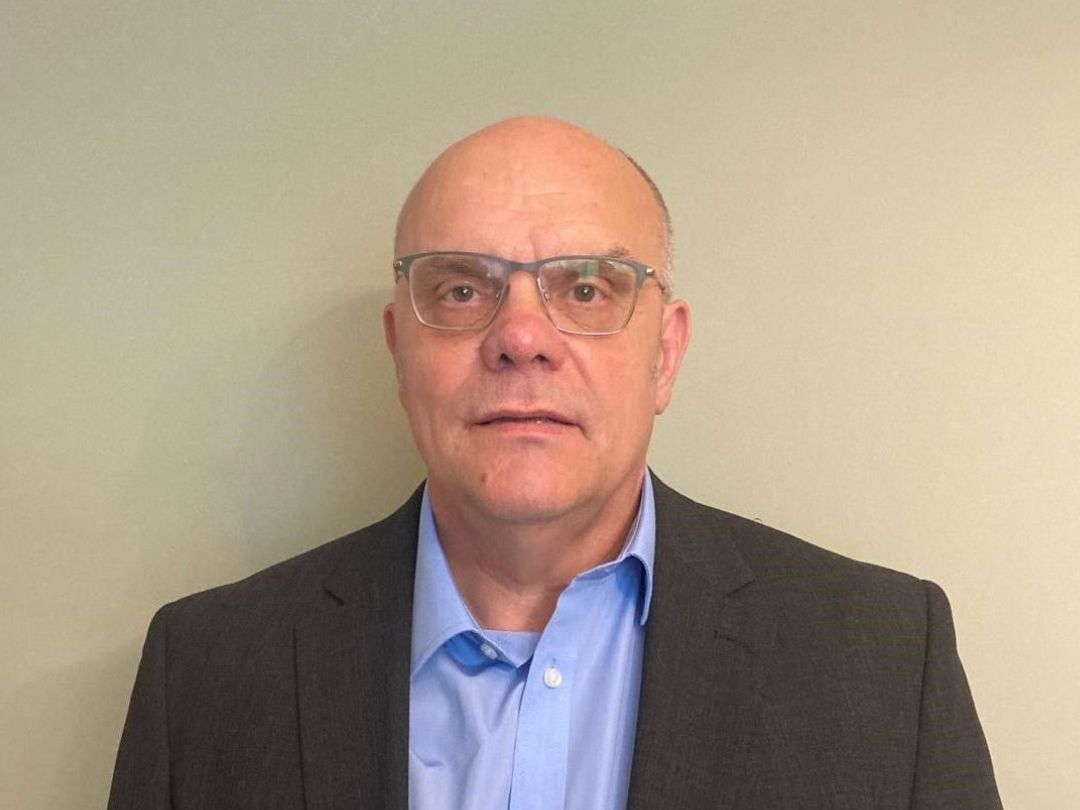RVA Group’s managing director, Richard Vann, recently uncovered the critical components of a well-rounded bid package with Demolition Hub, exploring how this foundational step can make or break the success of a demolition project. Catch up below.
In the highly specialised field of demolition, accuracy and thoroughness at every stage counts – not least when it comes to the bid package, which can often be the deciding factor between project success and costly oversight.
The best prepared tender documentation doesn’t just outline the technical, contractual, and financial aspects of the project. Serving as a critical communication tool between the client and contractor, it also sets clear expectations, manages ongoing risks, and streamlines the delivery of the project. So, what makes the perfect bid package?
Health, safety, and environmental (HSE) plan
A robust HSE plan is a statutory requirement in most regions and a hallmark of industry best practices. While the specifics of this document will differ from one country to the next, it effectively details actual and potential residual process hazards, ensuring all risks are clearly identified and addressed in line with minimum mitigation standards. By prescribing the regulatory framework that governs the project, it also outlines essential site rules and incident reporting procedures to maximise HSE excellence throughout the project life cycle.
Providing this information at the tender stage allows contractors to fully assess the project’s requirements, ensuring appropriate methods and resources are allocated for safe execution.
Technical specification of works
The technical specification of works is where fine detail truly matters. This document outlines the client’s detailed requirements for the contractor’s design, clearly stating what must be delivered. Serving as the bridge between the HSE regime, scope of work, and the commercial elements, it prescribes the sequence and programming of operations – from monitoring regimes and reporting processes to quality standards and auditing protocols – to control and streamline the project delivery. With a flexible range of options, it also accommodates for potential adjustments as the works progress.
Form of tender and appendices
This element represents the contractor’s formal offer, encapsulating the financial and legal commitments of the project. Typically, it will define the contract total, including provisional sums, day-to-day works, and any identified asset credit allowances. More than a financial summary, it also confirms compliance with client-specific clauses (such as anti-corruption and modern slavery regulations), outlines required insurance levels from Employer’s Liability (EL) to Professional Indemnity (PI), and covers essential bonds and securities.
Acknowledging the importance of clarity, documentation should also declare which sub-contractors and professional advisers will be assigned to the project, alongside a comprehensive overview of the organisational structure and key personnel. It must specify any exclusions or deviations from the overall tender package, ensuring all aspects are clearly understood and agreed upon.
Pricing schedules
As well as providing a structured and standardised framework for evaluating tenders, the pricing schedule demonstrates the contractor’s understanding of the work scope by detailing costs for tasks like hazardous material removal and structural dismantling.
The schedule also facilitates accurate pricing for different scope options, such as methodology variations, working hour relaxations, programme adjustments, etc. It acts as a tool for tracking expenditure and managing progress payments, helping control credit and debit balances. And, should any valuing variations or additional works arise, it ensures all financial adjustments are clear, justified, and fair.
Commercial framework and information
No two projects look the same on a technical level, and naturally, the financial arrangements will vary too. The commercial framework lays out key financial details, outlining aspects such as the payment structure and schedule, and clarifying when and how payments are to be made throughout the project. It also covers debit and credit sums, settlement terms, and key milestones, making sure progress and finances align smoothly.
Beyond that, it includes elements such as scrap gain-share, bonds, deposits, and security mechanisms to protect all parties involved, as well as penalties and forfeiture criteria to handle any potential issues. It may also include clauses for resale and buy-back options, along with incentivisation and bonus schemes to encourage top performance.
Contractual terms and conditions
When it comes to contractual terms and conditions, the form of contract – whether NEC, ICE, FIDIC, or a client-specific version – needs to be appropriate for the type and scale of the works. It should offer the client and their delegates adequate control over the project, ensuring smooth management and oversight.
For decommissioning projects, the contract may need to be adapted or amended to address specific requirements. However, it’s crucial the contract remains clear and straightforward, avoiding unnecessary complexity or excessive administrative burdens. The goal is to keep it clean and efficient, providing necessary control while minimising bureaucracy.
Supporting information
Supporting information provides essential material in a clear, accessible format – including client and site rules, corporate standards documentation, and relevant surveys and reports. Relevant drawing registers and plant information are also included to ensure all technical aspects are covered, supporting a smooth and compliant execution of the project. And, to address any potential impacts on the project, HSE regulations and local authority requirements – including planning and decommissioning conditions, discharge consents, and other statutory compliance issues – are detailed.
Setting up for bid package success
While these components provide a strong foundation, this is by no means an exhaustive list. By compiling a bid package that’s truly tailored to the specific scope of works, project managers can set the stage for successful tender list selection and a more effective, well-informed bidding process that brings safe and compliant bottom-line benefits.














